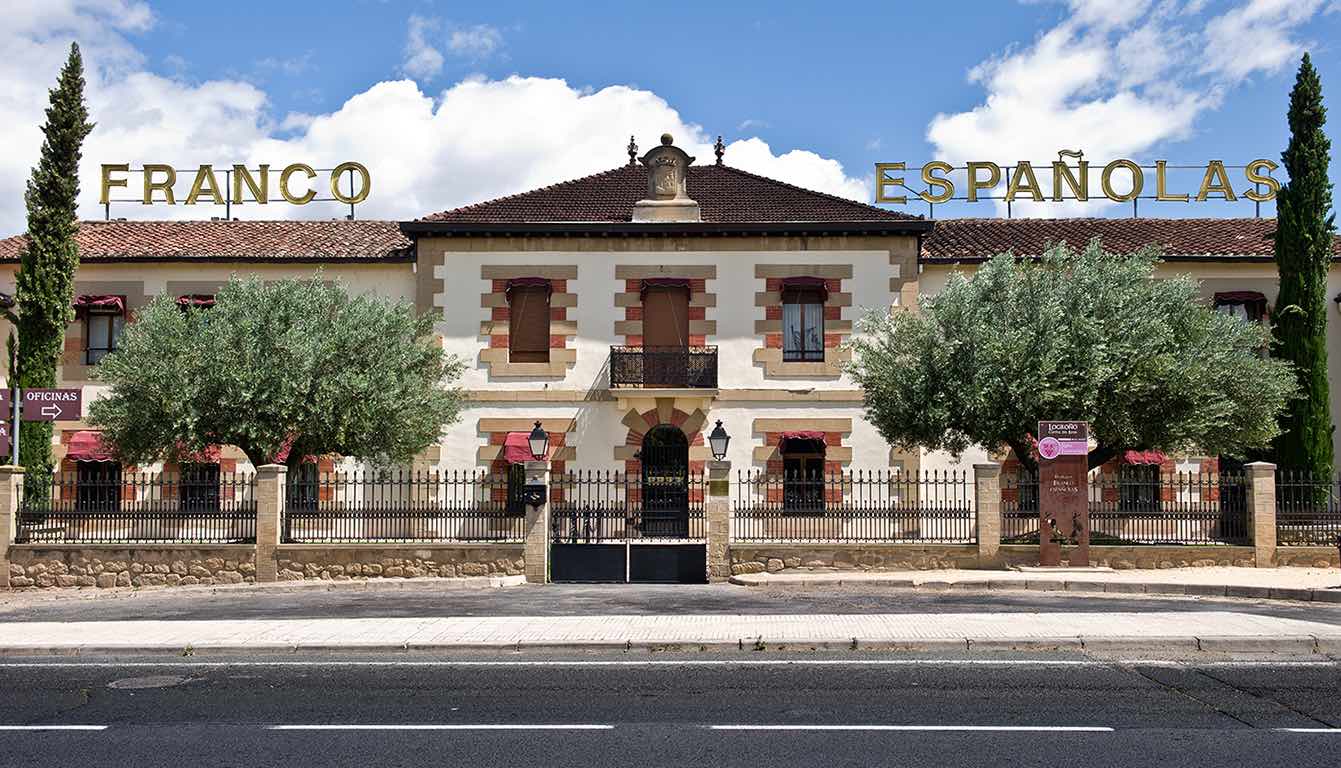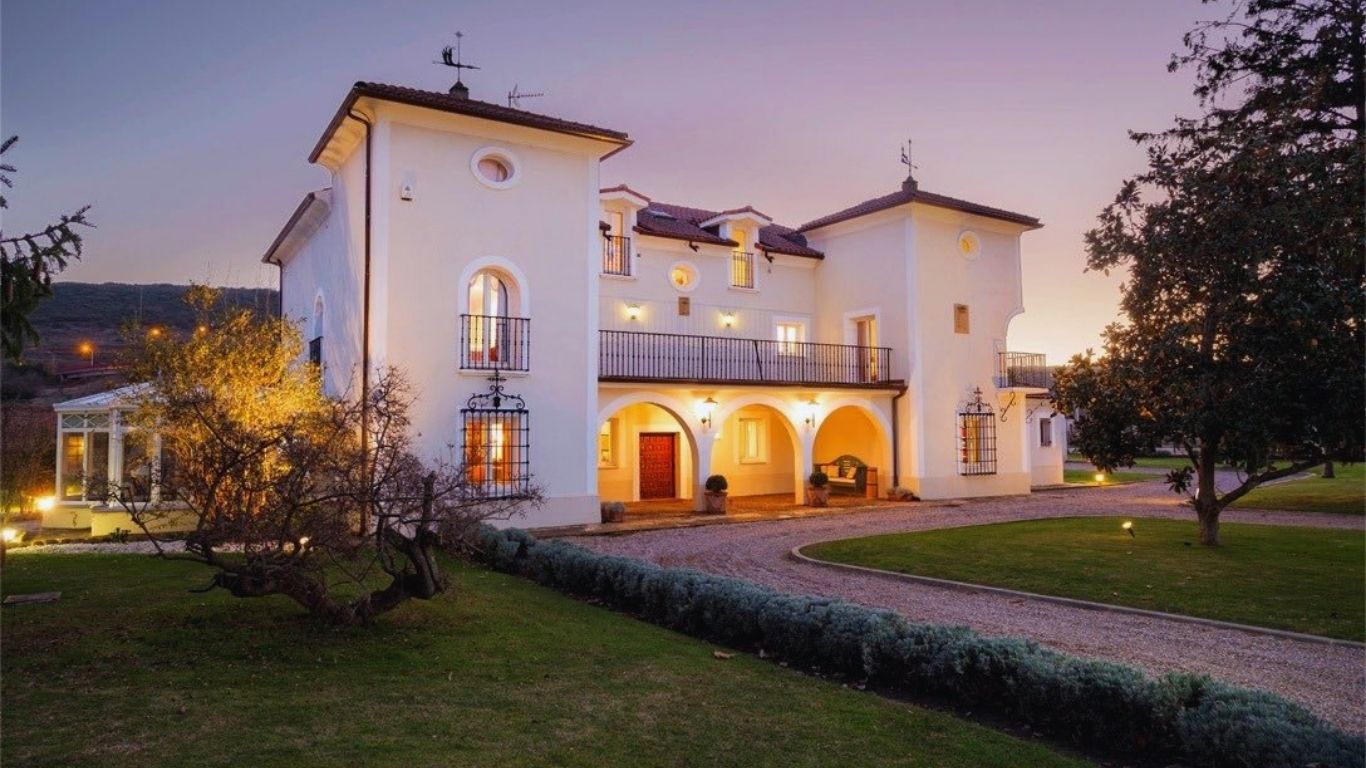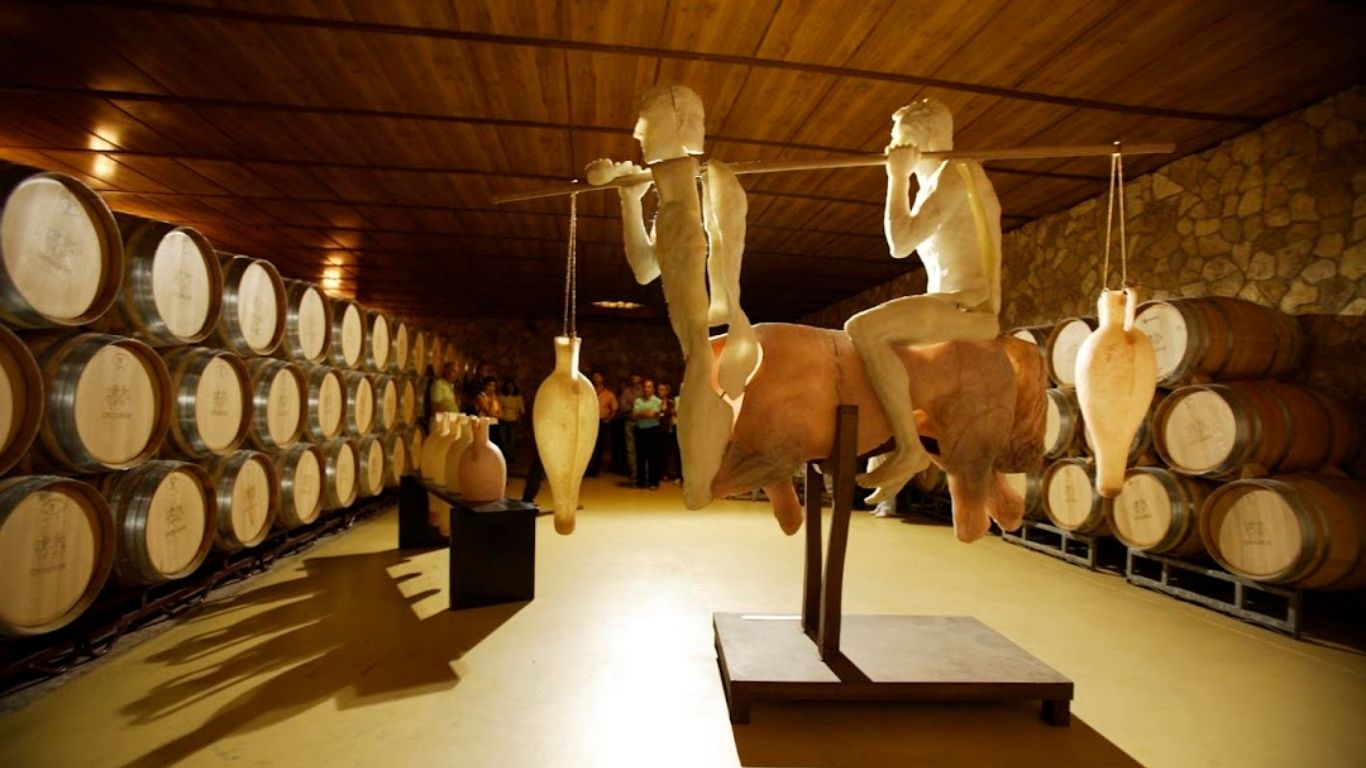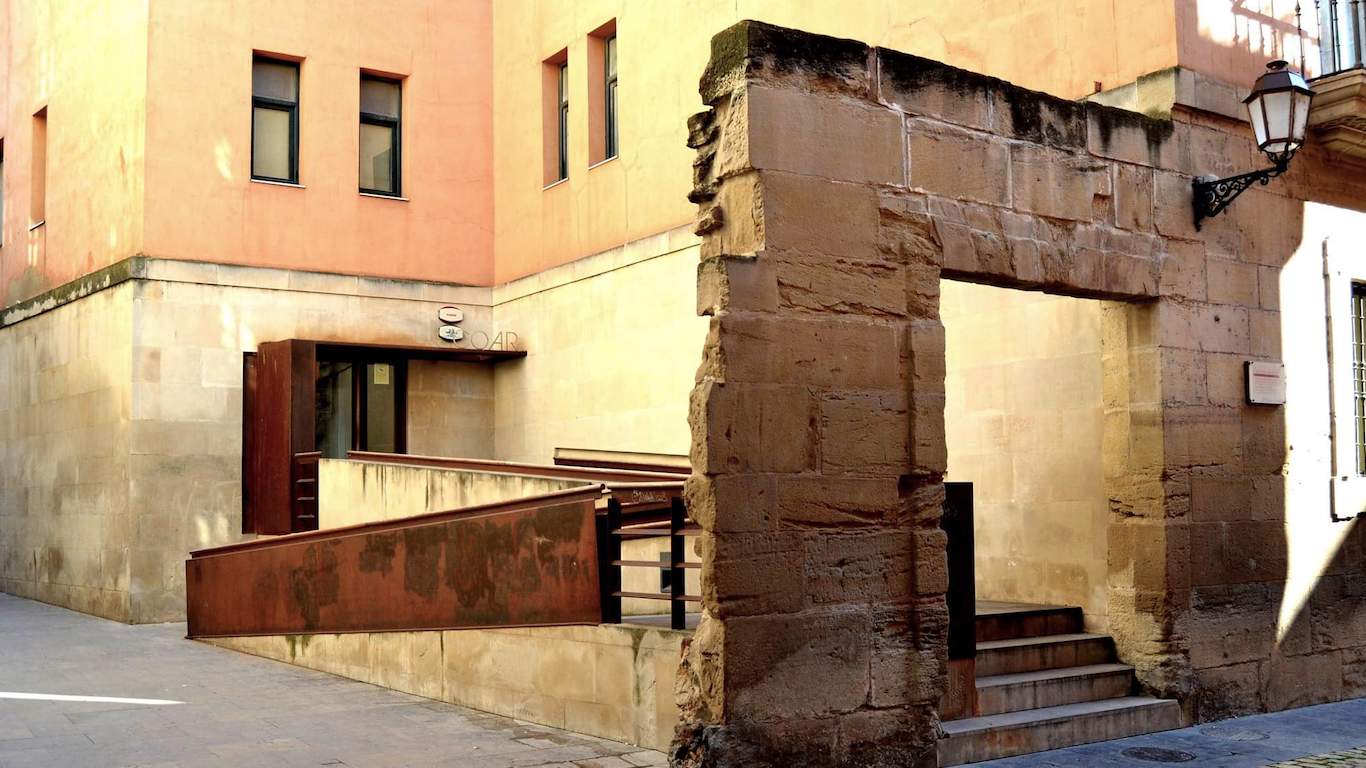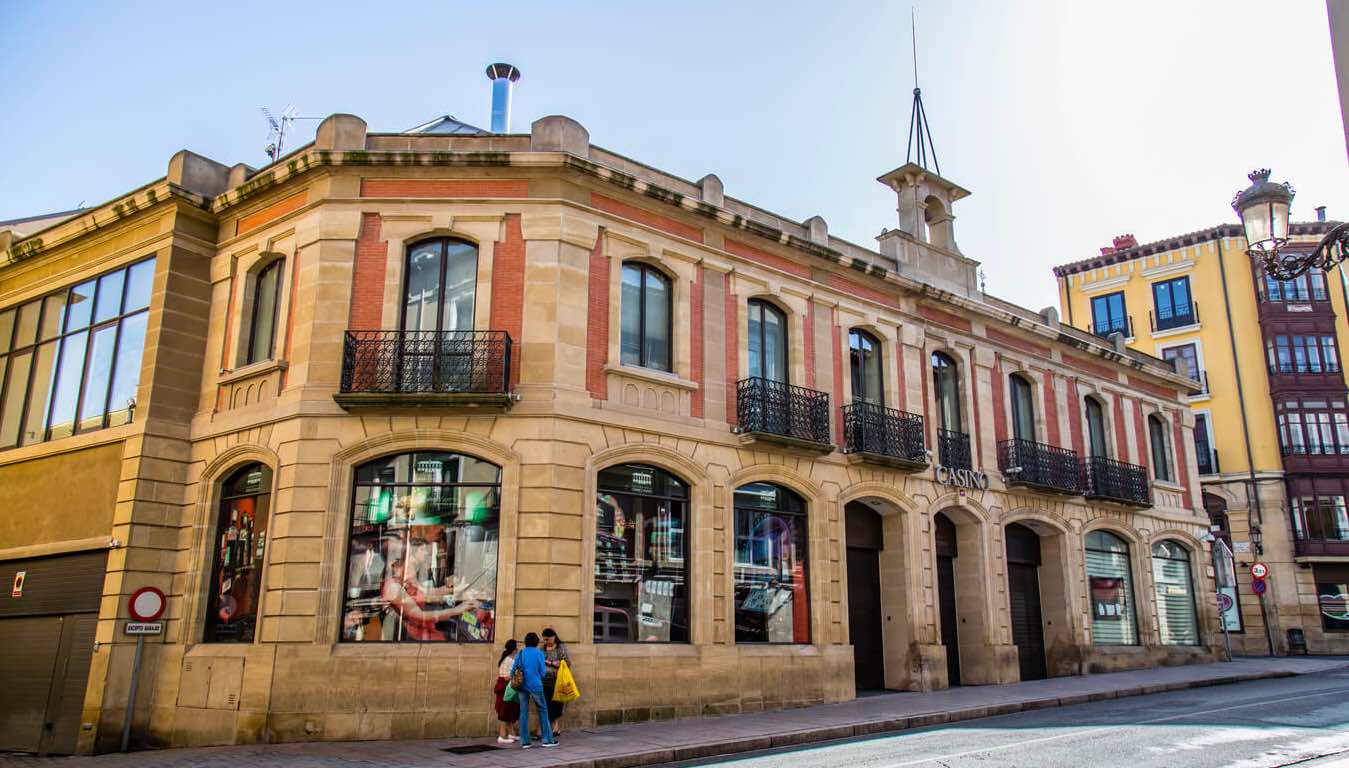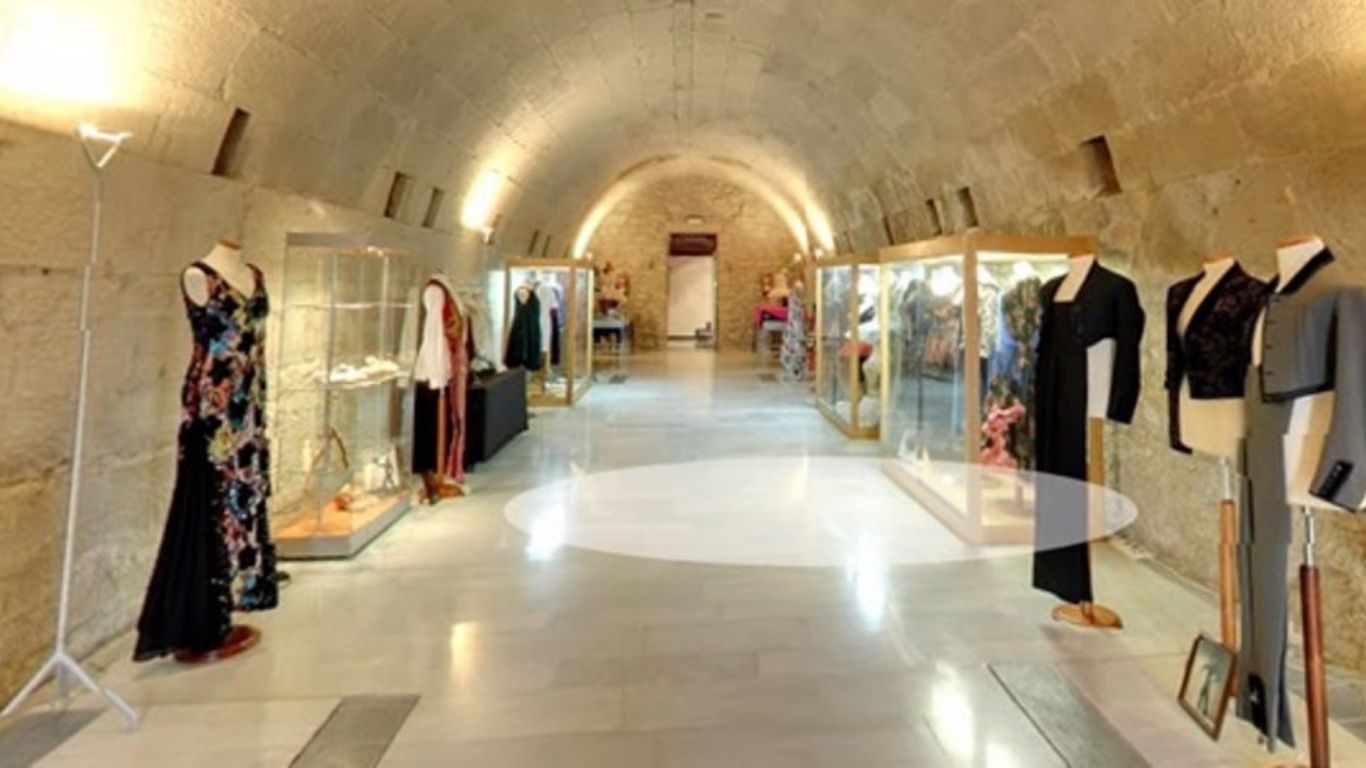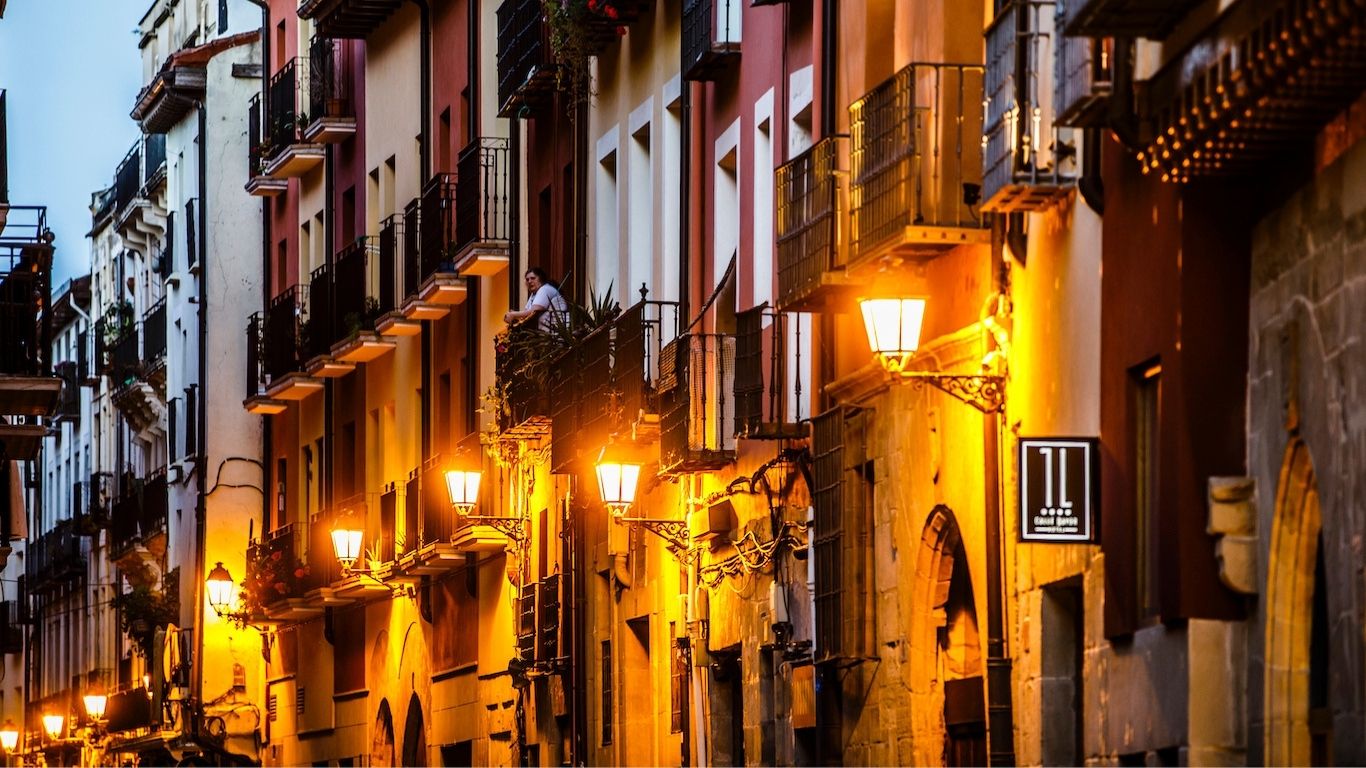What to see?
On the banks of the Ebro river, the privileged location of Bodegas Franco-Españolas allows you to arrive in a short walk from the historic center of the city of Logroño, without the need to drive a car.
Bodegas y Viñedos Marqués de Vargas is the product of the work of four generations devoted to the production and commercialization of excellent La Rioja wines.
The origin of Bodegas Marqués de Murrieta is linked to the origin of Rioja wines.
The Pérez Cuevas family has been connected with their vineyards history for more than eighty years in Bodegas Ontañón. In the early years, they made their wines in their hermitage-type winery located in the Barrio de Bodegas de Quel, following a tradition of more than three hundred years.
Bodegas Valoria is located just five kilometers from the center of Logroño, on the Camino de Santiago and very close to the La Grajera Natural Park and the Institutional Winery of the Autonomous Community of La Rioja.
In Logroño you can visit the cellars that since the Middle Ages and the Renaissance have been used for the production and aging of wine.
The old Palace of the Marqués de Legarda (built in the 18th century, although it probably already existed in the 16th century) is today the seat of the Official College of Architects of La Rioja.
Known familiarly to the people of Logroño as the “Electra building” on Sagasta street this building was projected at the end of the 19th century to house the Electra de Recajo in 1896 (hence its name).
The calados are the old underground cellars that, together with wine presses and other wine infrastructures, were common in old town Logroño since the 16th century.
The Casa de la Danza is located in the Old Quarter of Logroño, on Calle Ruavieja, with access from Calle de San Gregorio.
The gradual transformation of Calle Portales probably started in the 15th century.
When the pilgrimages to Santiago began in the 10th century, the cities located on its route took a leap towards modernity.
